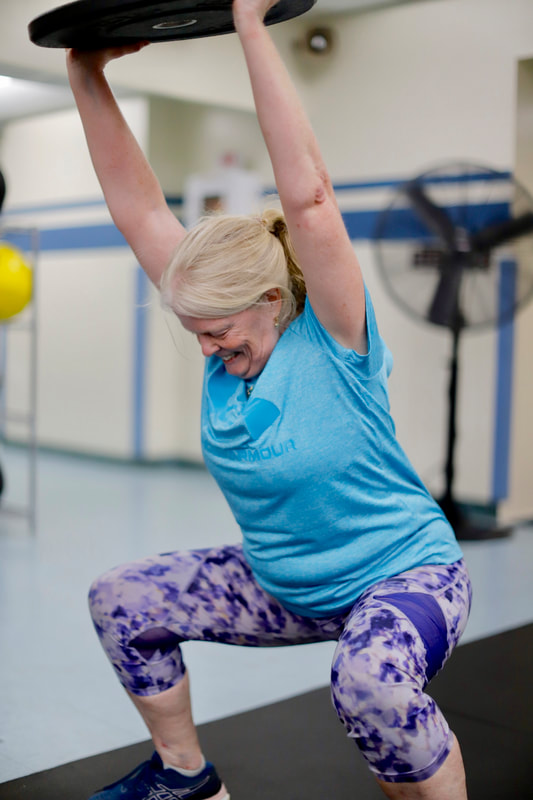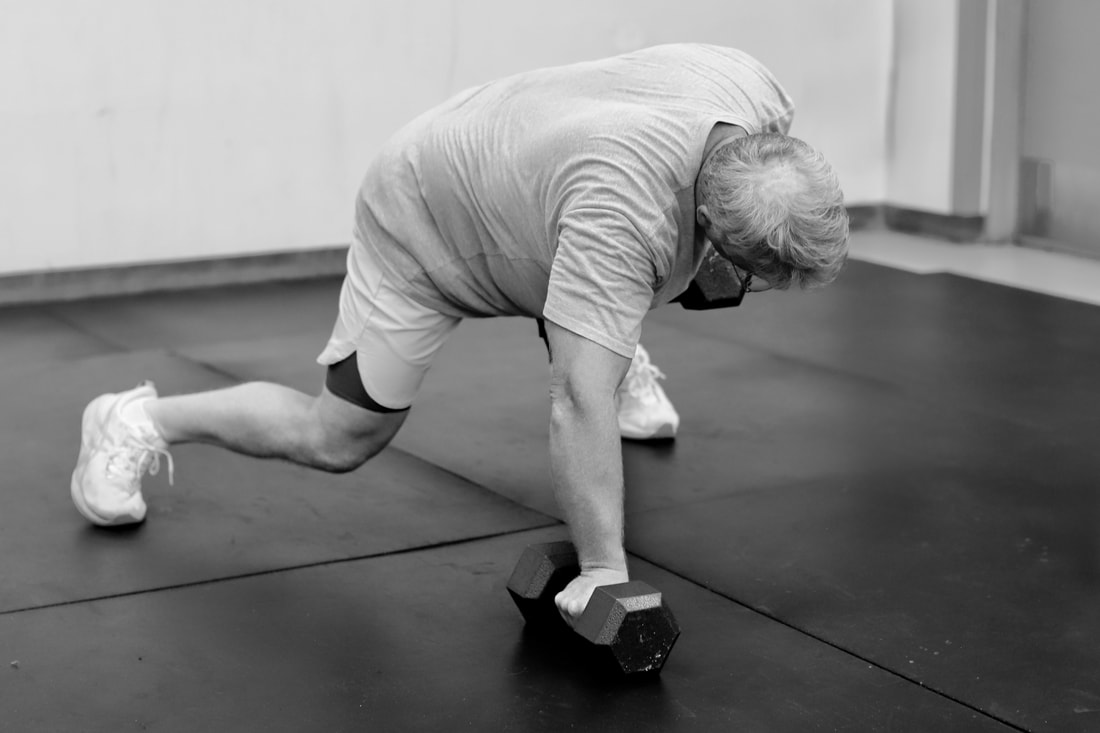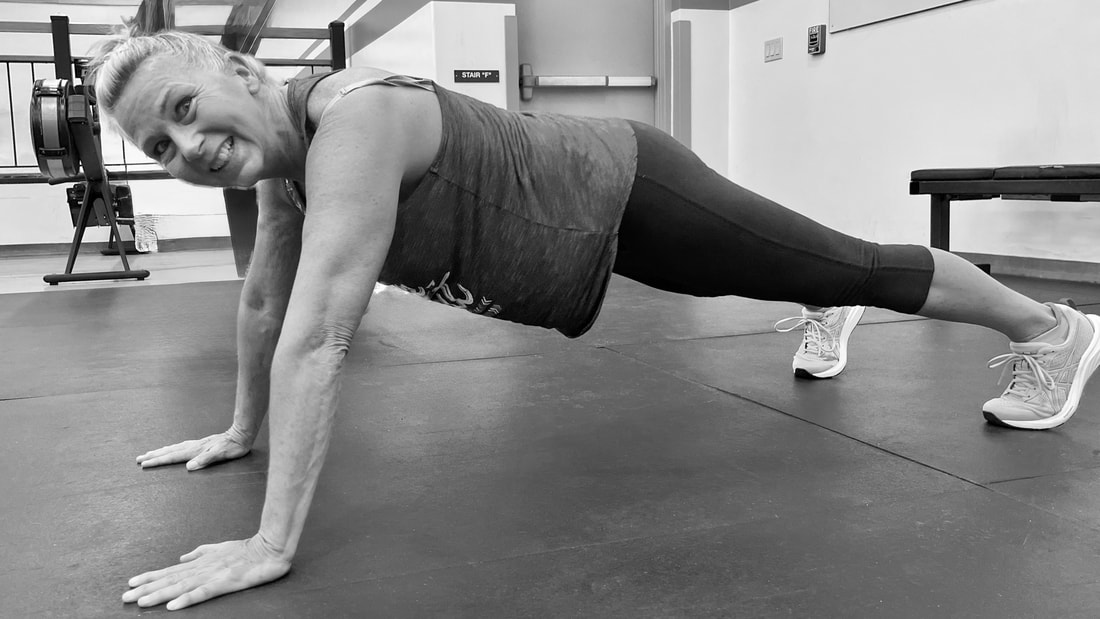Complete as many rounds as possible in 5 minutes of:
Rest 5 minutes Complete as many rounds as possible in 5 minutes of:
Stimulus and Strategy: This is a sprint workout that should be a balanced challenge of metabolic and muscular fatigue. The goal is to hang on to the barbell and move through each round in as few sets as possible. Look back at your previous score to help navigate today’s effort. The dead-lifts should feel the easiest of the three movements. Your capacity with the hang power snatch and overhead squat will determine your load for the workout. Choose a weight that allows you to complete the entire workout in under 15 minutes.
Coaching cues: Unless you are planning on performing the snatches immediately after the dead-lifts, consider using a mixed grip on the dead-lifts to save your grip. Then, put the barbell down briefly to adjust your grip before performing the hang power snatches. 5 rounds:
Today’s workout consists of 5 all-out sprints on the rower. Attempt to improve upon your previous times if you know them. Don’t game anything here. Put your foot on the gas pedal from the start, and hang on for a wild ride. As a general guideline, scale the distance if these efforts will exceed 2:30. Beginner option 5 rounds:
Part 1: In 10 minutes:
3 minutes rest Part 2: As many calories as possible in 10 minutes:
Every 2:00 - 3 Rounds (18 minutes)
AMRAP 9
|
Archives
June 2025
|








